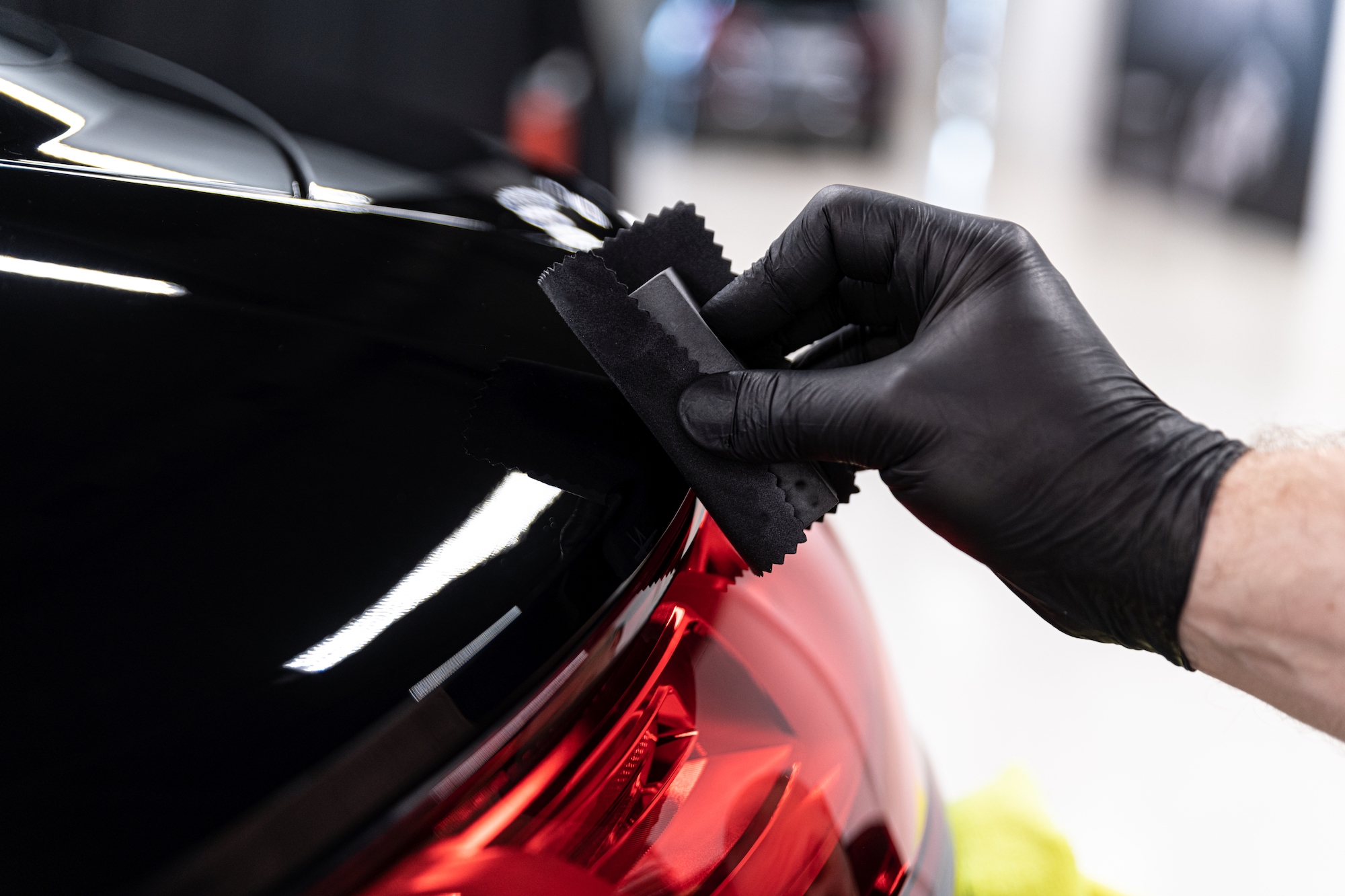2023 Mercedes-AMG GT to be crowned by 831bhp plug-in hybrid

AMG has also created new chassis mounts in a bid to improve NVH properties and the road surface sensitivity of the original model.
The uniquely styled body, meanwhile, uses a mix of aluminium, steel, magnesium and carbonfibre.
Key among the changes to the new performance coupé is an abandoning of the rear transaxle, a layout first employed with the SLS and continued through to the first-generation GT. Instead, the new GT’s engine and gearbox are mated up front in a move aimed at freeing up space for a fully variable 4Matic+ four-wheel drive system and rear-wheel steering, as seen on the SL.
Despite the change, the new model’s front-to-rear weight distribution is claimed not to vary much from the outgoing GT’s 47:53 figure.

Underneath, newly developed Active Roll Control suspension uses a combination of double wishbones up front and a multi-link arrangement at the rear, with steel springs, variable damping and hydraulically operated roll bars. Once again, it is the same set-up used by the SL but with altered elastokinematic properties and tuning to give the GT “a distinctly different driving character”.
Inside, the GT is expected to feature largely the same 2+2 interior as the SL, albeit with detailed changes in trim to reflect its more overtly sporting positioning.








